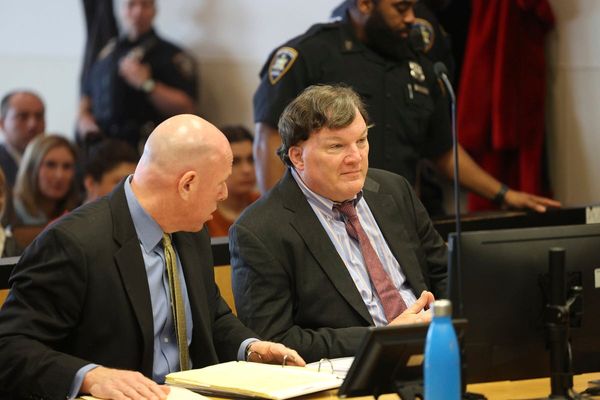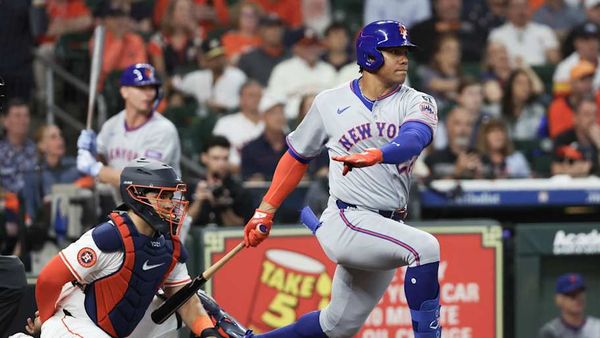
Local governments are relaxing pandemic restrictions at a dizzying pace, removing mask requirements and vaccine entry rules for businesses. Politicians are generally pushing for a return to normalcy. But for one group, change is not forthcoming: children. The removal of mask mandates in schools is likely weeks, if not months, away in some parts of the country. Quarantine and testing requirements remain in many child-care and school settings, even as they disappear from adult life. My burning question is simply: Why? I can imagine three arguments in favor of a kids-last approach, none of which I find convincing.
First, one could argue that ongoing child-specific restrictions are warranted because children need more protection. This is a hard case to make. Throughout the pandemic, children have been at lower risk of serious illness than adults. In the latest CDC numbers, hospitalization rates for children 0–4 with COVID are estimated at 3.8 per 100,000 and for the 5–11 group at 1 per 100,000. By comparison, the rates in the 18–49, 50–64, and over 65 groups are 3.7, 8.5, and 22, respectively. (The very youngest kids and the 18-49 set have about the same risk, despite only the latter having access to highly effective vaccines.) Long COVID also seems less prevalent among children than adults. Some children are more vulnerable than others, of course, and society owes special attention to high-risk kids. But it doesn’t follow that COVID restrictions for children ought to stay uniformly in place after they’ve been removed for their parents.
A second possible argument in favor of a kids-last policy is that COVID mitigations work better in child settings than in others. The data don’t support this argument, either. Evidence from test-to-stay programs, for example, suggests that more than 97 percent of kids who are exposed to the coronavirus at school and are then required to stay home never end up testing positive. Keeping these kids out of school, then, isn’t meaningfully halting community spread. As for masking, others have made the point that, after two years, we still have paltry proof that face coverings significantly lower case counts at school. Even if you are skeptical of these arguments, masking in school (as practiced) is certainly not more effective than masking in other settings. The largest masking randomized trial, in Bangladesh, found the highest efficacy among older individuals.
[Vinay Prasad: The downsides of masking young students are real]
A final argument is that, because vaccination rates among children are low, and children under 5 are still not eligible for vaccines, they may have higher case rates, and lowering case rates in this group is important to protect the vulnerable, especially the unvaccinated. Over the past several weeks, however, case rates have been fairly similar across all age groups. Moreover, and I think this is perhaps the more important point, this argument is geographically mismatched. Areas with a high proportion of unvaccinated individuals tend to have limited restrictions on children; areas with high vaccination rates tend to have strict rules. Three-year-old kids in the Northeast wearing KN95 masks outdoors at recess (yes, there are places where this is still required) do not protect unvaccinated adults in the South.
Given the above, I’m back to asking why. Perhaps others do not agree with my interpretation of the data. A more cynical possibility is that restrictions on children are entirely politically motivated, with governors prioritizing the demands of (say) teachers’ unions over children. I don’t think either of these is the main reason. Instead, the most likely explanation is that politicians are responding to parental fear.
The fact is that a lot of parents want restrictions for kids to stay in place, or at least express caution about removing them. Quarantines aren’t popular, but some parents and teachers see these as an important tool to stay safe. And polling data from as late as January show that a majority of Americans support continued mask mandates in schools.
As mask-optional policies gain currency, I receive more and more anguished messages from parents about how to keep their kids safe in this new environment. This fear is a result, at least in part, of alarmist messaging. The CDC and the American Academy of Pediatrics have chosen to emphasize risks to children in a way that is at odds with the choices made by their European counterparts. We could debate whether this was the right choice, but the result is a fear of removing pandemic restrictions for children, even among adults who are not worried about their own health.
Based on the science, the kids-last approach makes no sense. Kids should face fewer restrictions than their parents, not more. But after two years of telling parents to be afraid for their children, policy makers can’t simply turn around and tell them that kids are low risk and everything’s fine. Policy makers need to carefully and patiently explain why and when the masks will come off and the quarantine rules will end, while making clear that parents can still choose additional precautions no matter what local governments mandate. One way or another—and sooner rather than later—we need to let children return to normalcy.







